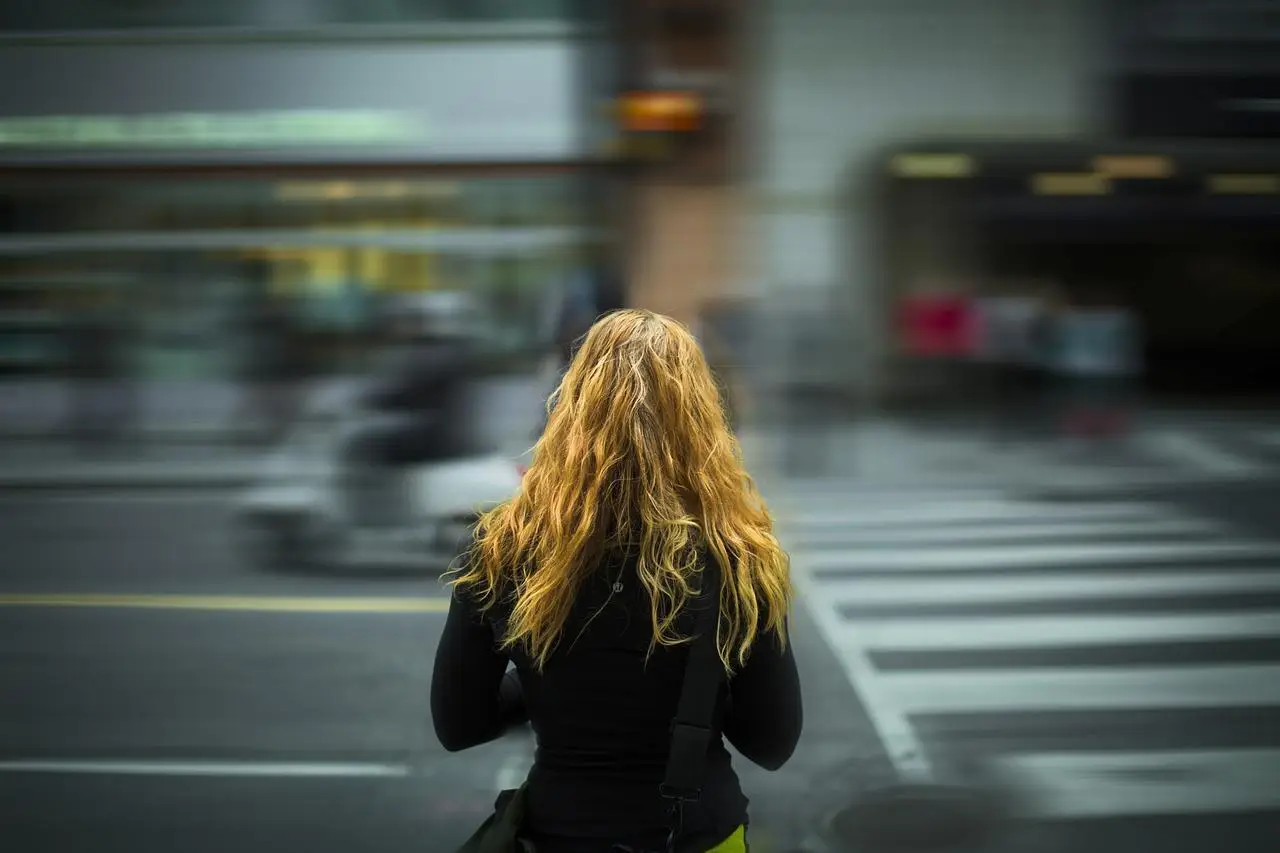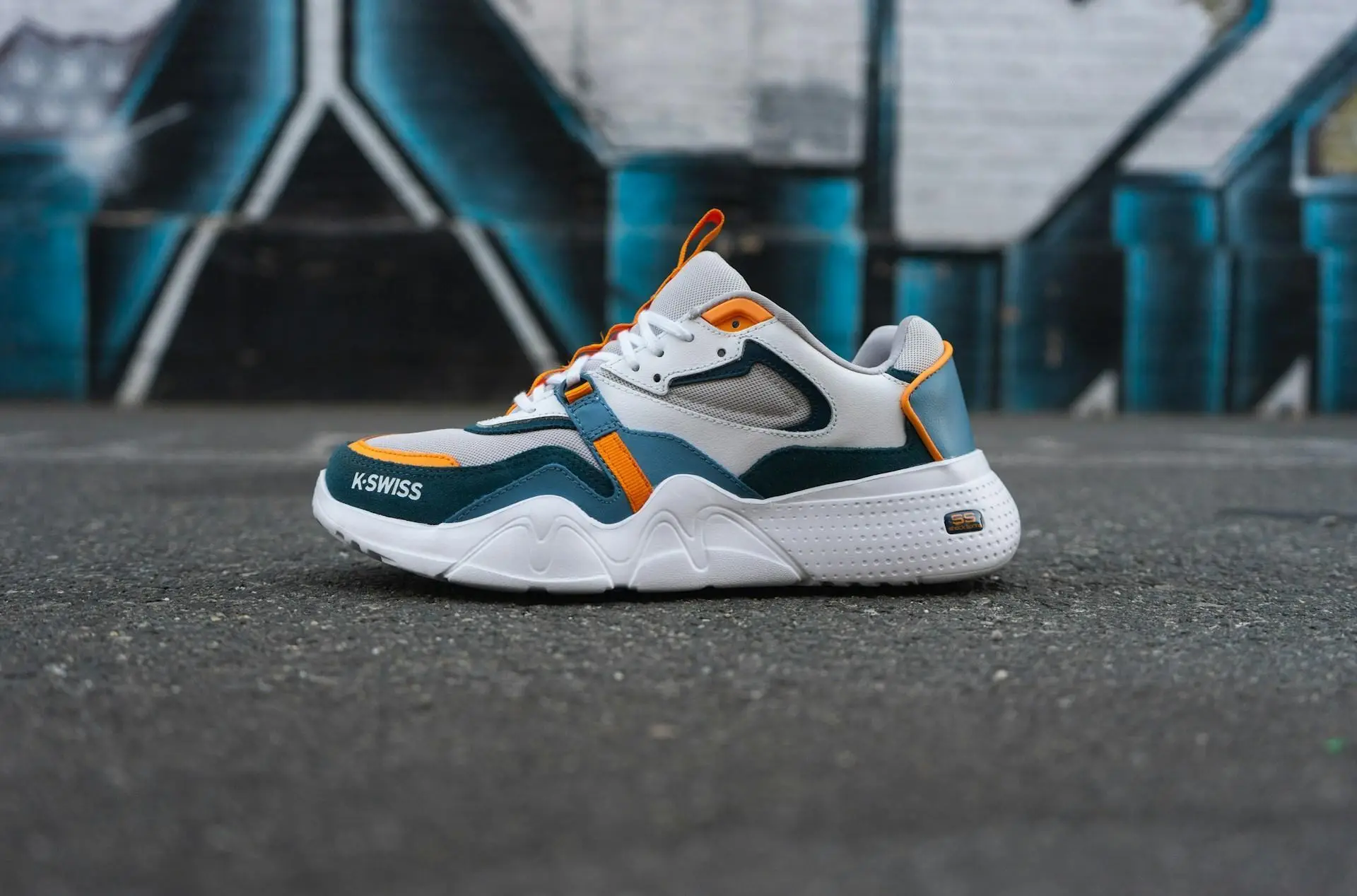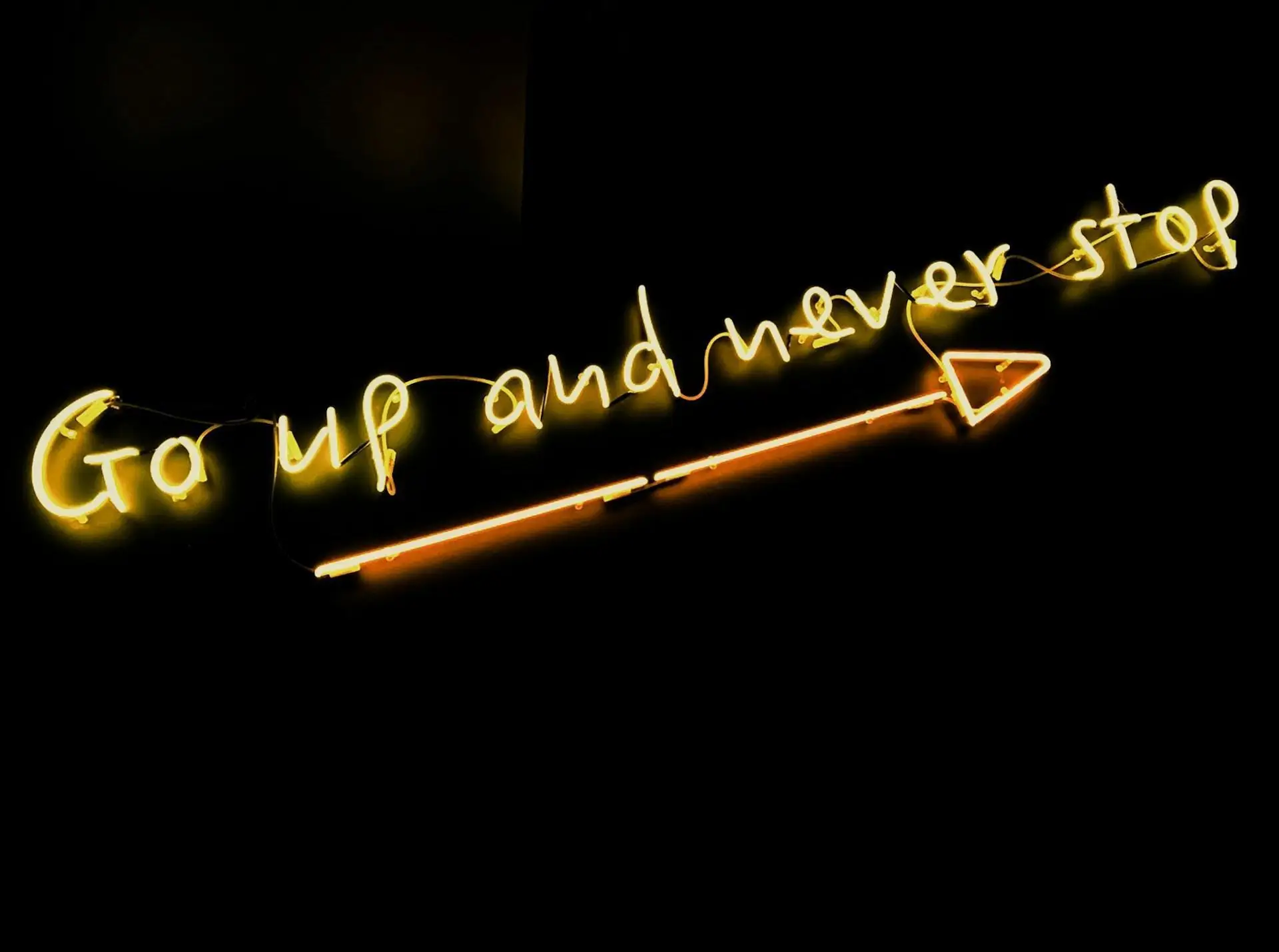How Work Uniforms Shaped Modern Streetwear
The Unexpected Evolution of Fashion
In the ever-evolving world of fashion, trends often emerge from the most unexpected places. One of the most intriguing developments in recent decades has been the influence of work uniforms on modern streetwear. This fusion of utilitarian design and urban style has revolutionized the fashion industry, creating a unique aesthetic that resonates with diverse audiences worldwide.
The Origins of Workwear in Fashion
The journey of work uniforms into the realm of high fashion began in the early 20th century. As industrialization boomed, the durability and functionality of workwear caught the eye of fashion-forward individuals looking for practical yet stylish clothing options. This marked the beginning of a long-standing relationship between work attire and street fashion.
Denim: From Miners to Mainstream
Perhaps the most iconic example of workwear's influence on streetwear is the evolution of denim. Originally designed for miners and laborers in the 1870s, denim jeans have become a staple in modern wardrobes. Their journey from rugged work pants to a symbol of youth culture and rebellion in the 1950s set the stage for workwear's integration into mainstream fashion.
The Rise of Utility Chic
The 1990s saw a significant shift in fashion sensibilities, with utility-inspired clothing gaining popularity. Cargo pants, originally designed for military use, became a streetwear staple. This trend highlighted the growing appreciation for the practical features of workwear in everyday fashion.
Workwear Brands Go Mainstream
As the lines between workwear and streetwear blurred, traditional workwear brands found themselves at the forefront of fashion. Companies like Carhartt and Dickies, long known for their durable work clothes, became sought-after labels in the streetwear scene. This crossover appeal demonstrated the versatility and enduring style of well-designed work uniforms.
The Influence of Blue-Collar Aesthetics
The rugged, no-nonsense appeal of blue-collar uniforms has had a profound impact on streetwear aesthetics. Oversized silhouettes, sturdy fabrics, and functional details reminiscent of factory floors and construction sites have become hallmarks of contemporary urban fashion. This trend reflects a broader cultural shift towards valuing authenticity and practicality in clothing.
High Fashion Embraces Workwear
The influence of work uniforms on fashion reached new heights when luxury designers began incorporating workwear elements into their collections. Brands like Vetements and Balenciaga reimagined utilitarian pieces with high-end materials and exaggerated proportions, further blurring the lines between workwear and haute couture.
The Role of Subcultures
Various subcultures have played a crucial role in popularizing workwear-inspired fashion. Skateboarders, for instance, adopted sturdy work pants and shoes for their durability, inadvertently turning these practical items into style statements. Similarly, hip-hop culture embraced workwear brands, further cementing their place in urban fashion.
Functionality Meets Fashion
One of the key reasons for the enduring appeal of workwear-inspired streetwear is its functionality. In an era where practicality is increasingly valued, clothing that offers both style and utility resonates strongly with consumers. Features like multiple pockets, reinforced seams, and durable materials have become desirable attributes in everyday clothing.
The Democratization of Fashion
The integration of work uniforms into streetwear has contributed to the democratization of fashion. By elevating everyday workwear to trendy status, this movement has made stylish clothing more accessible and inclusive. It challenges traditional notions of luxury and redefines what is considered fashionable.
Sustainability and Workwear Influence
The durability and timeless design of workwear-inspired clothing align well with growing concerns about sustainability in fashion. The emphasis on quality and longevity in traditional work uniforms has influenced a shift towards more sustainable consumption patterns in streetwear. This trend encourages consumers to invest in well-made, versatile pieces that stand the test of time.
Gender Neutrality in Workwear-Inspired Fashion
Work uniforms have traditionally been designed with functionality rather than gender in mind. This inherent gender neutrality has translated into streetwear, contributing to the growing trend of unisex fashion. Oversized jackets, sturdy boots, and utilitarian accessories have become staples in both men's and women's wardrobes, challenging traditional gender norms in fashion.
The Global Appeal of Workwear-Inspired Streetwear
The influence of work uniforms on streetwear has transcended cultural boundaries, gaining popularity worldwide. From the streets of Tokyo to the fashion districts of Paris, workwear-inspired fashion has found a global audience. This universal appeal speaks to the versatility and relatability of these designs across different cultures and lifestyles.
Customization and Personalization
While rooted in uniformity, workwear-inspired streetwear has paradoxically become a canvas for personal expression. The trend of customizing and personalizing workwear pieces has allowed individuals to put their unique stamp on these classic designs, further blurring the lines between uniform and individual style. This customization trend has given rise to a new form of creative expression within the streetwear community.
The Impact on Textile Innovation
The integration of workwear into streetwear has driven innovation in textile development. Fabrics that were once purely functional are now being reimagined for style and comfort. This has led to the creation of new materials that combine the durability of traditional workwear with the comfort and flexibility demanded by modern consumers.
Workwear in High-Tech Fashion
As technology continues to shape the fashion industry, workwear-inspired designs are evolving to incorporate high-tech elements. From smart fabrics that regulate temperature to clothing with built-in tech accessories, the fusion of workwear aesthetics with cutting-edge technology is opening new frontiers in fashion design.
The Influence on Accessories and Footwear
The impact of work uniforms on streetwear extends beyond clothing to accessories and footwear. Work boots, tool belts, and safety glasses have been reimagined as fashion statements. This trend has given rise to a new category of accessories that blend rugged functionality with urban style.
The Future of Workwear in Streetwear
As fashion continues to evolve, the influence of work uniforms on streetwear shows no signs of waning. The ongoing dialogue between functionality and style, tradition and innovation, promises to keep this trend at the forefront of fashion for years to come. Designers and consumers alike continue to find new ways to interpret and reinvent workwear for the modern wardrobe.
Embracing Heritage and Authenticity
The enduring appeal of workwear-inspired streetwear lies in its connection to heritage and authenticity. In a world of fast fashion and fleeting trends, clothing that tells a story of craftsmanship and durability holds a special appeal. This trend reflects a broader cultural shift towards valuing authenticity and connection to history in consumer choices.
The journey of work uniforms from factory floors to fashion runways is a testament to the dynamic and often unpredictable nature of fashion evolution. By embracing the practical, durable, and timeless qualities of workwear, modern streetwear has created a new aesthetic that resonates with a wide audience. This fusion of utility and style not only challenges traditional fashion norms but also reflects broader societal shifts towards functionality, sustainability, and authenticity.
As we look to the future, the influence of work uniforms on streetwear will likely continue to evolve, adapting to new technologies, cultural shifts, and consumer preferences. What remains clear is that this unlikely marriage of workwear and high fashion has left an indelible mark on the fashion landscape, forever changing how we perceive and interact with everyday clothing."









